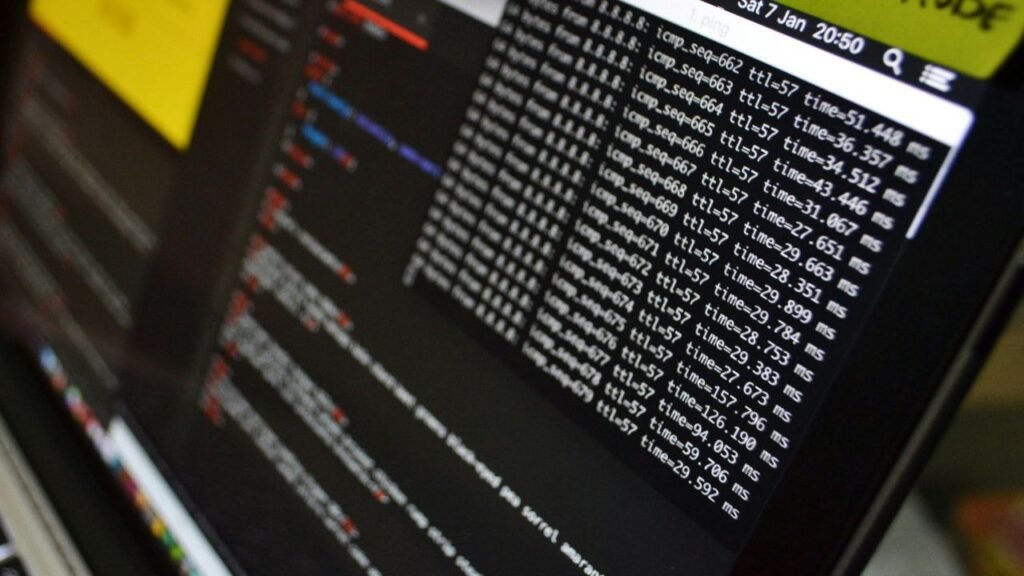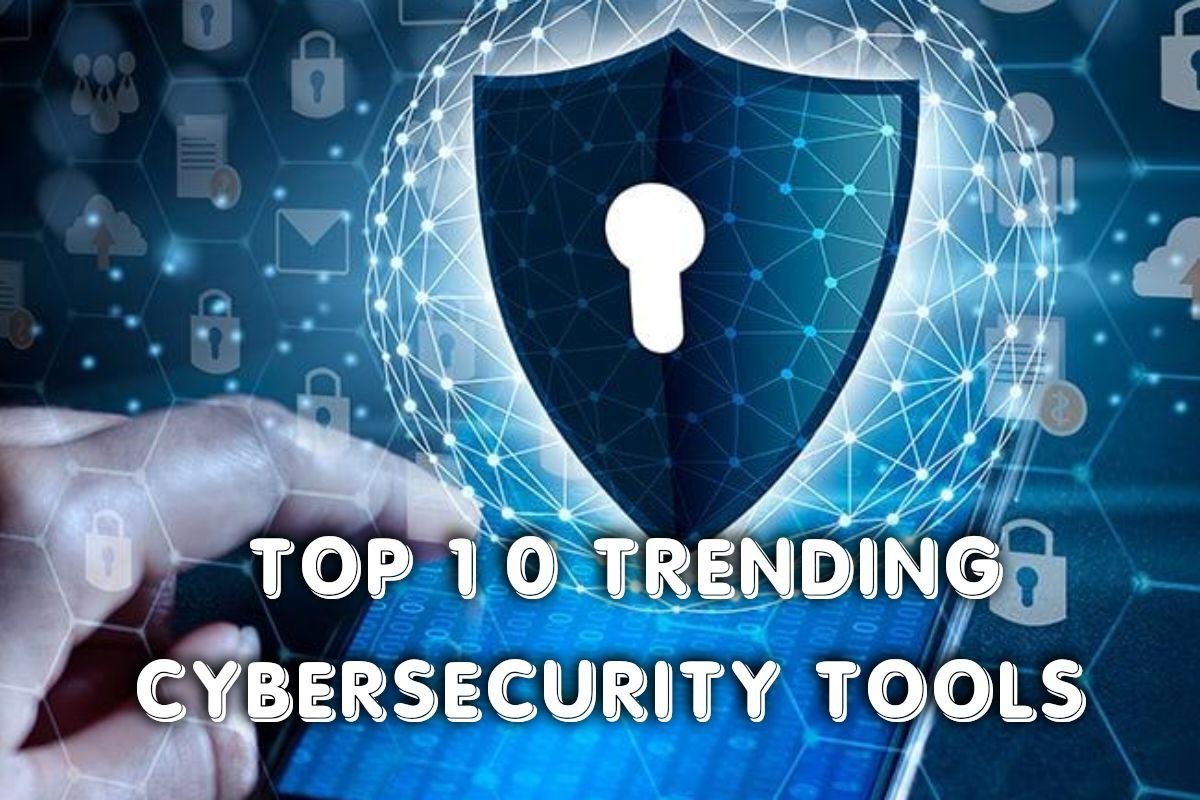In today’s interconnected world, cybersecurity is paramount. With cyber threats becoming increasingly sophisticated and prevalent, having the right tools is crucial for protecting personal data, business operations, and sensitive information. This article explores 10 trending cybersecurity tools essential for maintaining a robust security posture in 2024 and beyond.
10. Data Loss Prevention (DLP):
DLP tools prevent sensitive data from leaving the organization’s control, whether through accidental leaks or malicious exfiltration. They can monitor data in use, in transit, and at rest, implementing policies to prevent data breaches.
9. Password Managers:
Password managers securely store and manage passwords, eliminating the need for users to remember complex passwords. They also help generate strong, unique passwords and can alert users to compromised credentials.
8. Antivirus/Anti-malware Software:
Antivirus and anti-malware software are fundamental for protecting against viruses, malware, ransomware, and other malicious software. They scan files, emails, and websites for known threats and quarantine or remove them.

7. Intrusion Detection/Prevention Systems (IDS/IPS):
IDS/IPS enhance network security by monitoring traffic for malicious activity and taking action to prevent or mitigate attacks. IDS detects suspicious activity and alerts administrators, while IPS can actively block or prevent attacks in real-time.
- Network monitoring: Continuously monitors network traffic for suspicious patterns and anomalies.
- Threat detection: Identifies known and unknown threats based on signatures, heuristics, and anomaly detection.
- Intrusion prevention: Blocks or prevents malicious traffic by dropping packets, resetting connections, or blocking IP addresses.
6. Firewalls:
Firewalls remain a crucial first line of defense, controlling network traffic based on predefined rules. They can be hardware-based, software-based, or cloud-based, and offer essential security functions:
- Blocking unauthorized access: Preventing unwanted traffic from entering or leaving the network, protecting against external threats.
- Network segmentation: Dividing the network into smaller segments to limit the impact of a breach if one segment is compromised.
- Intrusion prevention: Detecting and blocking malicious traffic based on known attack patterns.
5. Penetration Testing Tools:
Penetration testing (pen testing) involves ethical hackers simulating cyberattacks to identify vulnerabilities and assess the effectiveness of security controls. Pen testing tools assist in:
- Network scanning: Discovering open ports, services, and devices on a network.
- Vulnerability exploitation: Testing for known vulnerabilities in systems and applications.
- Password cracking: Attempting to crack passwords to assess password security and identify weak credentials.
- Social engineering simulation: Testing the effectiveness of security awareness training by simulating phishing attacks and other social engineering tactics.

4. Vulnerability Scanners:
Vulnerability scanners automate the process of identifying security weaknesses in systems, applications, and networks. They scan for known vulnerabilities, misconfigurations, and other security flaws, allowing organizations to proactively address them. Key benefits include:
- Proactive security: Identifies vulnerabilities before they can be exploited by attackers, reducing the risk of breaches.
- Automated scanning: Saves time and resources compared to manual vulnerability assessments, allowing for regular and frequent scans.
- Prioritization of vulnerabilities: Helps focus on the most critical security flaws based on their severity and potential impact.
3. Cloud Access Security Brokers (CASB):
With the widespread adoption of cloud services, CASBs have become essential for securing cloud environments. They bridge the security gap between on-premises infrastructure and cloud applications by:
- Discovering cloud applications: Identifying all cloud services being used by employees, including sanctioned and unsanctioned (shadow IT) applications.
- Enforcing security policies: Implementing access controls, data loss prevention (DLP), and threat protection policies across various cloud services.
- Monitoring user activity: Tracking user behavior within cloud applications to detect suspicious activity, such as unauthorized access or data sharing.
- Protecting sensitive data: Preventing unauthorized access and data exfiltration through encryption, tokenization, and other security measures.
2. Security Information and Event Management (SIEM):
SIEM tools act as a central nervous system for security operations, aggregating and analyzing security logs from diverse sources across the network. This centralized view empowers security teams to:
- Detect security incidents: Identify suspicious patterns and anomalies that may indicate an attack, such as unusual login attempts or data exfiltration.
- Correlate events: Connect seemingly unrelated events to uncover complex threats and understand the attack chain.
- Automate incident response: Trigger automated actions, such as isolating infected systems or blocking malicious traffic, to contain and mitigate attacks.
- Meet compliance requirements: Generate reports for regulatory compliance, such as HIPAA, PCI DSS, and GDPR.
1. Endpoint Detection and Response (EDR):
EDR solutions have evolved beyond traditional antivirus, offering continuous monitoring and analysis of endpoint devices (laptops, desktops, servers, mobile devices) to detect and respond to advanced threats. They focus on identifying malicious activity based on behavior, not just known signatures, making them effective against zero-day exploits and advanced persistent threats (APTs).
- Real-time threat detection: Identifies suspicious activities as they occur, enabling immediate response.
- Threat hunting: Proactively searches for hidden threats within the network by analyzing endpoint data.
- Incident response: Provides tools to investigate, contain, and remediate security incidents, minimizing damage.
- Forensics analysis: Helps understand the scope and impact of an attack by analyzing endpoint data and activity logs.

Staying informed about these cybersecurity tools is crucial for maintaining a strong security posture. By implementing the right tools and strategies, you can significantly reduce your risk of becoming a victim of cybercrime. Remember that cybersecurity is an ongoing process, requiring continuous monitoring, updating, and adaptation to the ever-evolving threat landscape. Read more …



